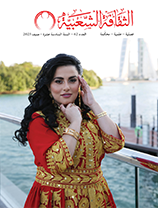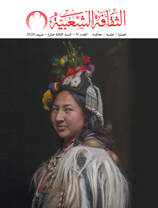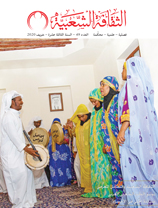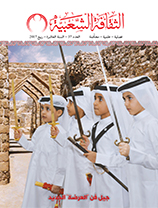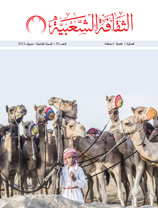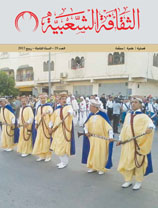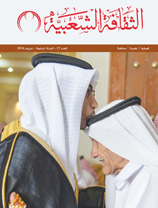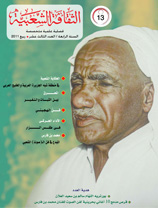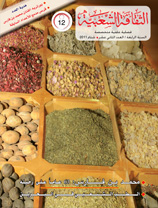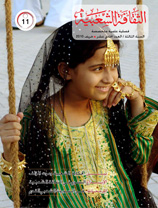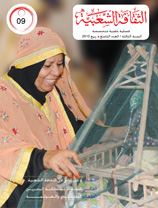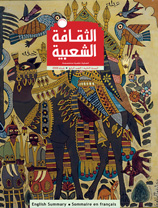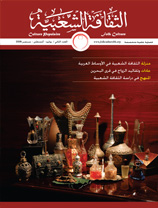Folktales in the age of technology: from oral storytelling to digital media
Issue 63

Rahmani Al-Tayib, Morocco
The folktale is an artistic creation in which literary, social, cultural, and religious aspects blend together. This has led to several studies exploring its creative depths, social aspects, and interdependence, among other forms of expression and social issues.
While components such as plot, character, setting, time, description, and narration may be found in a wide variety of storytelling forms, the folktale is often characterised by its unique combination of these features. It is also distinctive in various ways that contribute to the way in which a certain group of people see themselves.
The production of a folktale is not the result of one instant or of a literary artist's taste; rather, it is the legacy of generations whose creativity developed over a long period of time and whose elements were integrated generation after generation. Before the nation narrated it, all the various segments of the people contributed to its components and approved of its text as a whole.
This art has formed an effective means of teaching that has been passed down through generations, and the novel's moments represent an influential educational situation when grandmothers and mothers talk to children as they fall asleep. The children experience love, sincerity, honesty, justice, security, and safety before forming concepts about the things around them, so intimate narration coincides with education.
As a result of the information revolution, children's involvement in electronic games, and the latter’s attractiveness resulting from the audiovisual effect, simulation, and interaction, children have become unconsciously addicted to playing, determined to get through a series of successive stages. This consumes a great deal of their time on top of other activities, including reading. As a result, new strategies for bringing folkloric heritage to youngsters and engaging them in its preservation are required.
It is undeniable that appreciating folktales and spreading them through various forms of oral, audio, and visual communication is very important to Arab peoples' intangible heritage and fundamental to preserving the collective memory and raising children to value national culture rather than foreign dramas.





